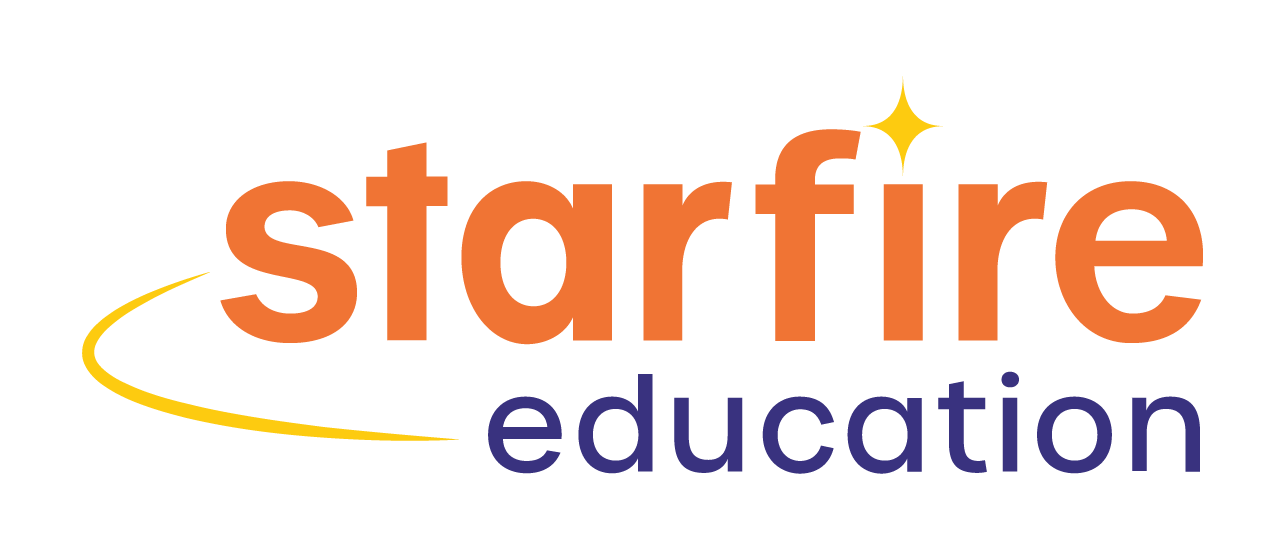Ownership & Participation
Starfire is sharing the top 5 benefits to students and teachers of learning in the Virtual Classroom. One of the most significant benefits we have seen is the ability and eagerness of students to take ownership for their own learning. Teachers have the tools to encourage all students to participate and meaningful opportunities to check for understanding.
Students are encouraged to take ownership of their learning
Students have the opportunity to develop a more mature and responsible outlook on their own education. The teacher is not physically present, impressing the need for order, rather the student is self-motivated to develop the discipline necessary for excellence.A Starfire Engineering teacher says, “Students follow class rules, help each other, and even ask their parents for the space to work independently. They understand the impact of their behavior on their peers: they mute themselves if there is too much background noise, ask those making noise to keep it down and then unmute themselves. I’m so impressed!”
Increased Participation & more intentional opportunities to check for understanding
Students uncomfortable being at the center of attention or those who have a more tentative approach to collaboration are often wary of participating in class. However, when teaching over Zoom, teachers can use the polling function to have students answer multiple-choice questions anonymously. Engagement increases, as does the teacher’s ability to see which students understand the challenge at hand. Teachers can create more opportunities to check for understanding. There is less classroom management happening in the virtual classroom and more time to check in with kids. Teachers can stop more frequently, and give more practice work without concern about losing kids’ attention and momentum of the lesson.A Starfire music teacher enthused, “I can use anonymous polling to ask for opinions and check for understanding. Students feel more comfortable taking risks and trying out new skills.”
Students experience learning as integrated into their lives
Sparking a lifelong love of problem solving is a core Starfire goal. However, some students have experienced learning as a “siloed” activity that happens only in school. The virtual classroom integrates school and home life, opening students to the perspective of learning independently outside of their familiar school context. Home is not just a place to simply crash out and watch YouTube videos after school – it’s a learning environment.


